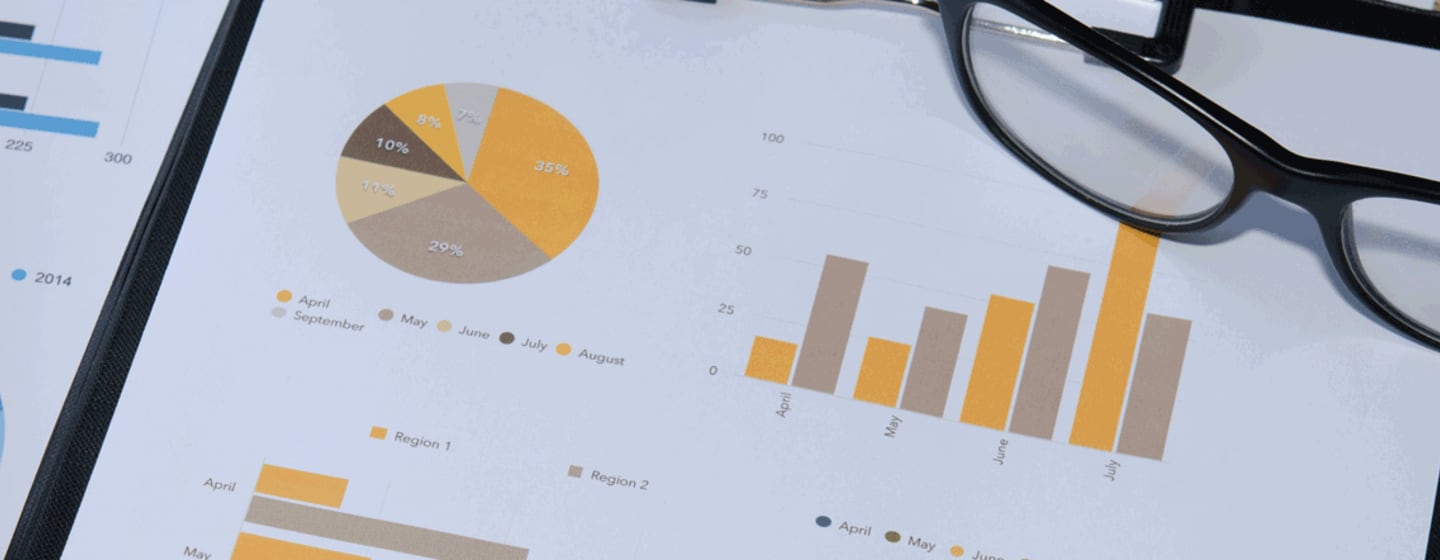Managing intraday liquidity reporting is becoming increasingly complex ‒ with banks facing a number of obstacles as they seek to comply with new regulation.
During the financial crisis, banks failing to manage their intraday liquidity positions posed serious risks to the integrity of the entire financial system. In response to these risks, intraday liquidity has become an increasingly important issue on the global regulatory agenda.
Managing intraday liquidity positions is complex. It is made even more difficult when adverse market conditions like increased volatility and low interest rates create an incentive for banks to take on more risk, as the opportunity cost of holding excess liquidity weighs on their balance sheets. In order to help banks manage these risks, the Basel Committee on Banking Supervision (BCBS) developed the ‘Intraday Liquidity Monitoring Tools’, also known as BCBS 248.
The aim of BCBS 248 is to ensure that banks are able to meet their payment and settlement obligations under both business-as-usual and stressed conditions. The framework sets out a number of reporting requirements across key metrics so that all internationally active banks will eventually be able to provide real-time data related to their intraday liquidity positions and reduce systemic risk.
Managing intraday liquidity: Barriers to achieving compliance
Banks face a number of obstacles to comply with BCBS 248 and provide the necessary data to regulators. The majority of these relate to aligning internal processes with stringent reporting requirements. Indeed, many internal banking systems are not designed to facilitate real-time data access.
To provide the highly granular data generated by each individual transaction, banks need to use a data repository or warehouse. Capturing this level of information is challenging because data for the key metrics must be collected from multiple systems and on an intraday basis. The same data must then be enriched, aggregated, consolidated, and normalised in keeping with BCBS guidelines.
In addition, banks must be able to test various liquidity stress test scenarios to assess the impact on their liquidity positions. This requires the resources to build model scenarios to gauge the impact of economy-wide shocks on their liquidity positions at any point in time.
The initial deadline to meet these requirements has been repeatedly extended, but the implementation period has finally passed. Since 1 January 2019, banks are required to have implemented the necessary changes or face potential penalties. For many banks, developing an in-house solution has proven too costly and time-consuming. Many have opted to either supplement data management or outsource some aspects of BCBS 248 compliance.
Swift Scope: a data visualisation tool for managing intraday liquidity reporting
To better gauge this need, Swift conducted a survey at Sibos in 2014 and throughout 20 subsequent global intraday liquidity workshops. As a result of this research and several additional collaborative initiatives, a solution was developed: Swift Scope. Unlike other solutions on the market, Swift Scope is easy to implement and maintain. It provides comprehensive support to the regulatory requirement as it is built around existing, real-world data from customers’ Swift interfaces.
Swift Scope analyses and normalises a bank’s data and establishes intraday logic and metrics. These are delivered in an easily digestible data visualisation tool, as well as in standardised formats.
To do this, data is consolidated from the entire Swift messaging network. This is blended with data from the customer’s Swift interface and from messages sent by other participating banks within Swift. With the flexibility to incorporate other reference data as needed, Swift Scope creates a dashboard that gives real-time insight into the customer’s messaging traffic and helps deliver a comprehensive liquidity monitoring tool that provides the necessary reporting metrics.
Banks face a choice as they finalise their plans for compliance in line with the BCBS framework. They must decide whether to develop an in-house solution or outsource at least some aspects of the heavy lifting to a trustworthy third party.
Swift Scope supports compliance with BCBS 248 monitoring requirements - to learn more, click here.


